#or neuroimaging
Text

Neuroimaging
#neuroimaging#webcomic#comic#memetic#meme#comicart#charicature#digital illustration#artists on tumblr#webart#webcore#cybercore#techcore#vibrant#colorful#colorful dystopia#dystopia#chip#data#old tech#computer#conspiracy
19 notes
·
View notes
Text
Gale
#he's a guy#i should write him again............#idk what though#i have a few fleeting ideas but nothing substantial#istg getting a full-time job beat the ability to write creatively out of me#i wrote some scraps of a neuroimaging paper and then my muses forsook me forever
4 notes
·
View notes
Text

A real brain scan showing that ADHD
actually lives in the Cerebeellum
12 notes
·
View notes
Text
Human brain organoids successfully integrate into the mouse cortex and respond to visual stimuli
Human brain organoids successfully integrate into the mouse cortex and respond to visual stimuli
Could these mini-brain 'grafts' be used to repair brain injuries in the future?
Could these mini-brain ‘grafts’ be used to repair brain injuries in the future?
In a world’s first, researchers have shown that human brain organoids transplanted into live animals’ brains successfully formed human-mouse synaptic connections and reacted to visual stimuli. The results, made possible by an unprecedented multi-faceted technology, show the cross-species transplant merged with the…
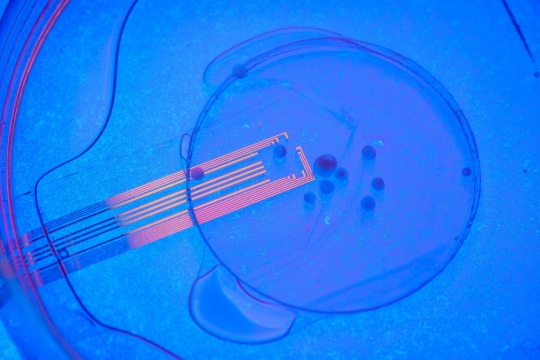
View On WordPress
#biology#cortex#healthinnovations#imaging#medical#mouse#neuroimaging#neuroinnovations#neuroscience#organoid#organoids#science
5 notes
·
View notes
Text
Alzheimer's Disease: biomarkers and neuroimaging markers cheatsheet for research articles
As Alzheimer's Disease (AD) research skews toward understanding the brain than the pathogenic proteins, studies exploring biomarkers and neuroimaging are hopeful toward developing a method for successful prevention of AD. A biomarker is a molecule, whose presence indicates abnormality or disease, and thus, is crucial in diagnostic procedures. Levels of certain molecules is notably altered in cerebrospinal fluid and in blood plasma, which helps in diagnosing the occurrence of AD. Neuroimaging involves the use of techniques such as magnetic resonance imaging and computed tomography to observe neuronal activity in the brain. This is good news, especially for AD, as the asymptomatic stage of the disease can be identified early enough.
Although the exact function and involvement in clinical practice is not profuse, altered concentrations of these biomarkers in plasma or cerebrospinal fluid encourage further research:
Amyloid and tau serve as the unsurprising biomarkers of AD pathology.
Neurofilament-light chain (NF-L) and visinin-like protein-1 (VILIP-1) are the most promising biomarkers of neuronal injury.
Post-synaptic protein neurogranin (Ng) and pre-synaptic proteins synaptosome-associated protein-25 (SNAP-25) and synaptotagmin-1 (Syt-1) are considered major biomarkers of synaptic injury.
Brain and CSF levels of tumor necrosis factor alpha (TNF-α) and increased levels of interleukin group of proteins (ILs) indicate intensified microglial response to neuroinflammation.
TREM2 receptor and YKL-40 glycoprotein are also reliable indicators of inflammation and impaired clearance of amyloid beta.
Heart-type fatty acid-binding protein (hFABP) could be a marker for pathology in blood vessels supplying the brain. Some vascular markers also show potential as markers of vascular injury in AD: von Willebrand factor (vWF) and monokine induced by γ-interferon (MIG, also known as CXCL-9).
Concentrations of TAR-DNA binding protein (TDP-43) in the brain and plasma and serum indicate, even contribute to, inflammation, mitochondrial dysfunction, and neuronal/synaptic injury in AD.
Neuroimaging techniques reveal structural, functional, and diffusion-related activities of the neurons. To identify them, markers are tracked in images obtained. Each marker is determined with the activity and biochemistry of the group of/individual neurons being studied.
Structural MRI will show location and severity of atrophy which can be identified in grey scale images by applying programs that create analogous color grading.
Functional MRI relies on blood oxygenation level dependent (BOLD) signal which reflects changes in blood oxygenation levels in response to neural activity.
Diffusion weighted imaging (DWI) focuses on diffusion of water molecules. A tensor model is applied to images obtained from DWI. The diffusion tensor imaging (DTI) metrics thus obtained help in studying connectivity through structural integrity of white matter tracts.
Tractography involves 3-D reconstruction of white matter as observed in DWI, which provides a more detailed look into a patient’s neural networks.
In positron emission tomography (PET), markers are identified and labelled so their features or functions can be traced during this procedure to obtain a resulting PET scan. The imaging procedure is named according to its marker: amyloid-PET, tau-PET, FDG-PET, inflammation-PET, receptor-PET.
FDA approved drugs Galantamine, Rivastigmine, and Donepezil alleviate symptoms such as memory loss and confusion in mild to moderate AD, although their effects seem to be negligible. They also cause nausea and vomiting as side effects and are not suitable for every patient. Recently approved drugs, Aducanumab and Lecanemab focus on removing accumulated amyloid. Their effectiveness is still doubted on the basis of studies finding that targeting amyloid has little to do with curbing the actual progression of the disease.
bibliography -
Tarawneh R. Biomarkers: our path towards a cure for Alzheimer disease. Biomarker insights. 2020 Nov;15:1177271920976367.
Cavedo E, Lista S, Khachaturian Z, Aisen P, Amouyel P, Herholz K, Jack Jr CR, Sperling R, Cummings J, Blennow K, O’Bryant S. The road ahead to cure Alzheimer’s disease: development of biological markers and neuroimaging methods for prevention trials across all stages and target populations. The journal of prevention of Alzheimer's disease. 2014 Dec;1(3):181.
Medications for Alzheimer's Disease Stanford Healthcare. Accessed 21-04-2023.
#aging#alzheimers#dementia#neuroscience#clinical medicine#diagnostics#diagnosis#brain injuries#neurological conditions#neurodegenerative disorders#neurodegeneration#neurons#neurology#brain research#neurological disease#neurological disorders and injuries#chronic illness#neuroinflammation#neuroimaging#science#science side of tumblr#research paper#academic writing
6 notes
·
View notes
Text
Book of the Day - The Altruistic Urge
Today’s Book of the Day is The Altruistic Urge written by Stephanie Preston and published in 2022 by Columbia University Press.
Stephanie Preston is is professor of psychology and director of the Ecological Neuroscience Lab at the University of Michigan. She is co-editor of The Interdisciplinary Science of Consumption (2014). She studied how emotions impact empathy and decision-making. by using…
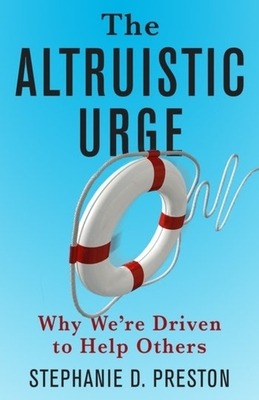
View On WordPress
#2022#Altruism#behavioral research#Book Of The Day#book recommendation#book review#book suggestions#bookstagram#booktok#Columbia#Columbia University#Columbia University Press#empathy#evolution#functional neuroimaging#Psychology#psychophysiology#Raffaello Palandri#Stephanie Prestom#The Altruistic Urge
5 notes
·
View notes
Text
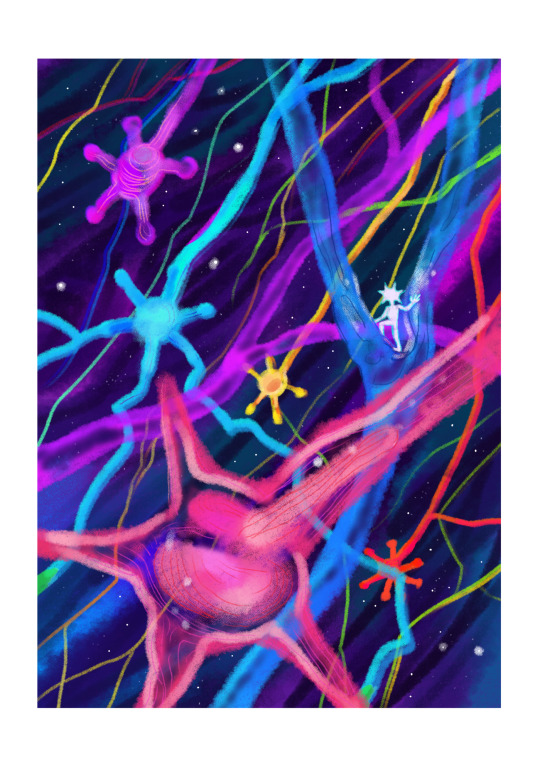
2/8 mindscape illustrations from my zine "Brainbows" I did inspired by a neuroimaging technique of the same name and my mental health.
A tangle of nerves out to connect to thousands of other nerves, it's a lot to manage, a lot to explore. A lifetime of wiring, making up the universe that is you, all for you to discover.
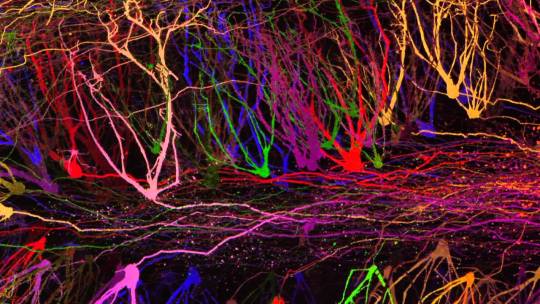

2 notes
·
View notes
Text
Intelligenza Artificiale al servizio dell'oncologia (II): adesso è il turno dei tumori cerebrali
Introduzione
I tumori al cervello, sebbene rari, rappresentano una sfida sanitaria significativa a livello globale, con circa 250.000 nuovi casi ogni anno. Solo negli Stati Uniti, nel 2022 sono stati segnalati oltre 96.000 casi di tumore al cervello, di cui circa 26.600 cancerosi. Il glioblastoma è il tipo di tumore al cervello più frequentemente diagnosticato e ha una prognosi particolarmente…

View On WordPress
#biologia computazionale#biotecnologie#cancro cerebrale#diagnosi precoce#glioblastoma#intelligenza artificiale#machine-learning#neuroimaging#pontine glioma#salute pubblica
0 notes
Text

I. Symptoms of Parkinson's Disease:
Symptoms associated with Parkinson's Disease encompass a broad array of motor and non-motor manifestations that can significantly affect an individual's well-being. Motor symptoms include tremors, characterized by rhythmic shaking in various body parts, bradykinesia, which results in slowed movement initiation and execution, rigidity causing stiffness in limbs and trunk, and postural instability leading to balance and coordination difficulties, increasing the risk of falls. Non-motor symptoms span cognitive impairment, mood disturbances like depression and anxiety, sleep disturbances, autonomic dysfunction impacting functions such as blood pressure regulation and digestion, as well as sensory abnormalities.
II. Causes of Parkinson's Disease:
The causes of Parkinson's Disease remain largely unclear, thought to arise from a combination of genetic predisposition and environmental factors. While most cases are sporadic, approximately 5-10% are familial, linked to mutations in genes like SNCA, LRRK2, PARKIN, and PINK1. Environmental factors such as exposure to pesticides, herbicides, heavy metals, certain industrial chemicals, traumatic brain injury, and viral infections are also implicated.
III. Parkinson's Disease Diagnosis:
Diagnosing Parkinson's Disease relies primarily on clinical evaluation, including a detailed medical history, comprehensive physical examination, and assessment of both motor and non-motor symptoms. A diagnosis typically requires the presence of cardinal motor features along with a positive response to dopaminergic therapy. Neuroimaging techniques like MRI and PET scans may assist in excluding alternative diagnoses and monitoring disease progression.
IV. Treatment for Parkinson's Disease:
While Parkinson's Disease remains incurable, various treatment options aim to alleviate symptoms and improve quality of life. Pharmacotherapy, including levodopa, dopamine agonists, MAO-B inhibitors, and COMT inhibitors, is central to management, aiming to restore dopamine levels, manage motor fluctuations, and alleviate non-motor symptoms. In advanced cases resistant to medication, surgical interventions like deep brain stimulation (DBS) may be considered, involving the implantation of electrodes to modulate abnormal neuronal activity and alleviate symptoms.
Early detection and intervention in Parkinson's disease can help in managing the condition better. This can be achieved by undergoing regular health checkups. You can opt for a regular full body health checkup at Jaslok Hospital Mumbai, which is one of India's finest hospitals for the management of neurological conditions like Parkinson's disease.
#parkinson's disease#full body health checkup#regular health checkups#instability#risk of falls#bradykinesia#anxiety#sleep disturbances#neuroimaging techniques#neuroimaging#MRI scans#PET scans
0 notes
Text
Quantum and the Spirit: Unveiling the Mysteries Through New Technologies
In the boundless realm where quantum physics and spirituality merge, an extraordinary odyssey unfolds—one that tirelessly aims to unite the physical with the metaphysical, the visible with the invisible. This profound exploration, often referred to as “Quantum Spirituality,” delves into the intricate interplay between the principles of quantum mechanics and spiritual phenomena, seeking to unravel…

View On WordPress
#CatholicTeachings#ChristianFaith#Consciousness#EmergingTechnologies#FaithAndScience#HeisenbergUncertainty#Interconnectedness#MysticalExperiences#Neuroimaging#ObserverEffect#QuantumAndReligion#QuantumComputing#QuantumEntanglement#QuantumPhysics#QuantumSpirituality#ScienceAndSpirituality#SpiritualJourney#SpiritualScience#UniverseMysteries#VirtualReality
0 notes
Text
even if you did the barest minimum research, the Wikipedia page for chronic fatigue syndrome is so sad. it’s like “this is what we diagnose people with when we can’t find anything else wrong with them. but it’s definitely something physical because there are visible neurological changes seen in neuroimaging and weirdness with the immune system. full recovery rates are less than 5%. the most common treatment is CBT which ignores the fact it is a physical illness and tells sick people they’ll get better if they just stop thinking about being sick.”
14K notes
·
View notes
Text
I see what you did there…a (very) brief history of imaging the brain: blood, BOLD and fMRI
A little more #neuro #science #history
This time: functional magnetic resonance imaging #fMRI #BOLD
#scicomm #writing #blogging #neuroscience #brain
For many patients we can discover – or discount – physical causes of neurological problems ‘in real time’ with a range of imaging and other measurement techniques. Neuroimaging techniques are mainly children of the 20th century, and their development is ongoing in the 21st, but their roots stretch back through the 19th century. For example, photography and its ability to reproduce an enduring…
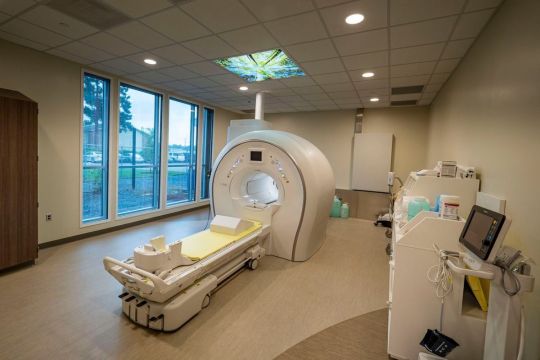
View On WordPress
#Angelo Mosso#CT#EEG#electrophysiology#epilepsy#fMRI#heamodynamics#Keith Thulborn#MEG#MRI#neuroimaging#neurology#neuroskeptic#neurovascular coupling#PET#Peter Bandettini#Seiji Ogawa#xkcd#Your Brain through...History
0 notes
Text
Interaktionen mit einem Hund führen zu einer immer höheren präfrontalen Gehirnaktivität
Forscher um Rahel Marti von der Universität Basel in der Schweiz berichten, dass das Betrachten, Fühlen und Berühren echter Hunde zu einer immer höheren Aktivität im präfrontalen Kortex des Gehirns führt. Die am 5. Oktober in PLOS ONE veröffentlichte Studie zeigt, dass dieser Effekt anhält, nachdem die Hunde nicht mehr anwesend sind, sich jedoch verringert, wenn echte Hunde durch ausgestopfte Tiere ersetzt werden. Die Ergebnisse haben Auswirkungen auf die tiergestützte...
#Betonen #Depression #Forschung #Gehirn #Klinische_Studie #Kortex #Neuroimaging #OKT #Technologie
#Medical_Research_News#Medical_Science_News#News#Betonen#Depression#Forschung#Gehirn#Klinische_Studie#Kortex#Neuroimaging#OKT#Technologie
0 notes
Text
planning out a potential fifth year of uni and it still isn’t enough time for me to take all the courses i want
#i HAVE to take russian and modern drama and mammalian physiology and a neuroimaging lab.#or else i'm going to die#i wish i was that reddit lady's husband with a million degrees
0 notes
Text
Dr. Hari P S is the best Radiologist consultant at Aster Medical Imaging with over 10 years of experience in imaging procedures like x-rays, ultrasonographies and MRIs.
0 notes
Text
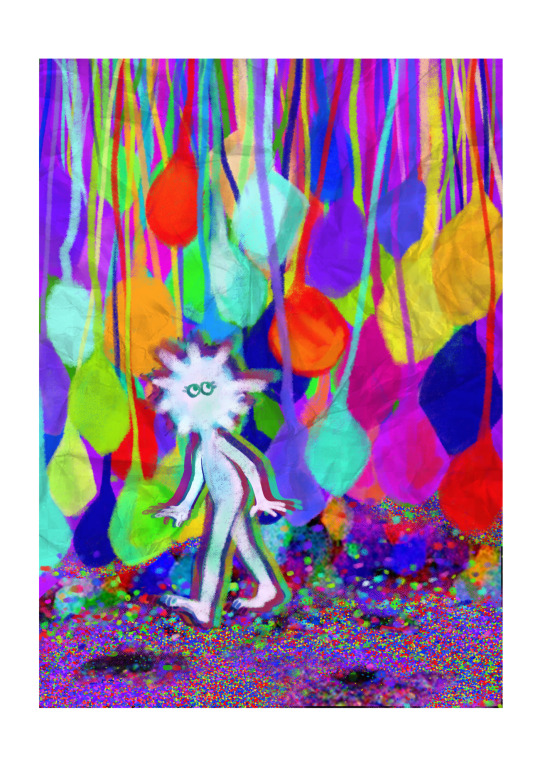
1/8 mindscape illustrations from my zine "Brainbows" I did inspired by a neuroimaging technique of the same name and my mental health.
This neuroimaging technique involves essentially inserting fluorescent proteins into the genes of cells, each cell takes a combination of these proteins and can create one out of up to 100 different colours. This allows researchers to study neural circuitry which can help better understand psychological and neurological disorders and I'm fascinated by it.


2 notes
·
View notes